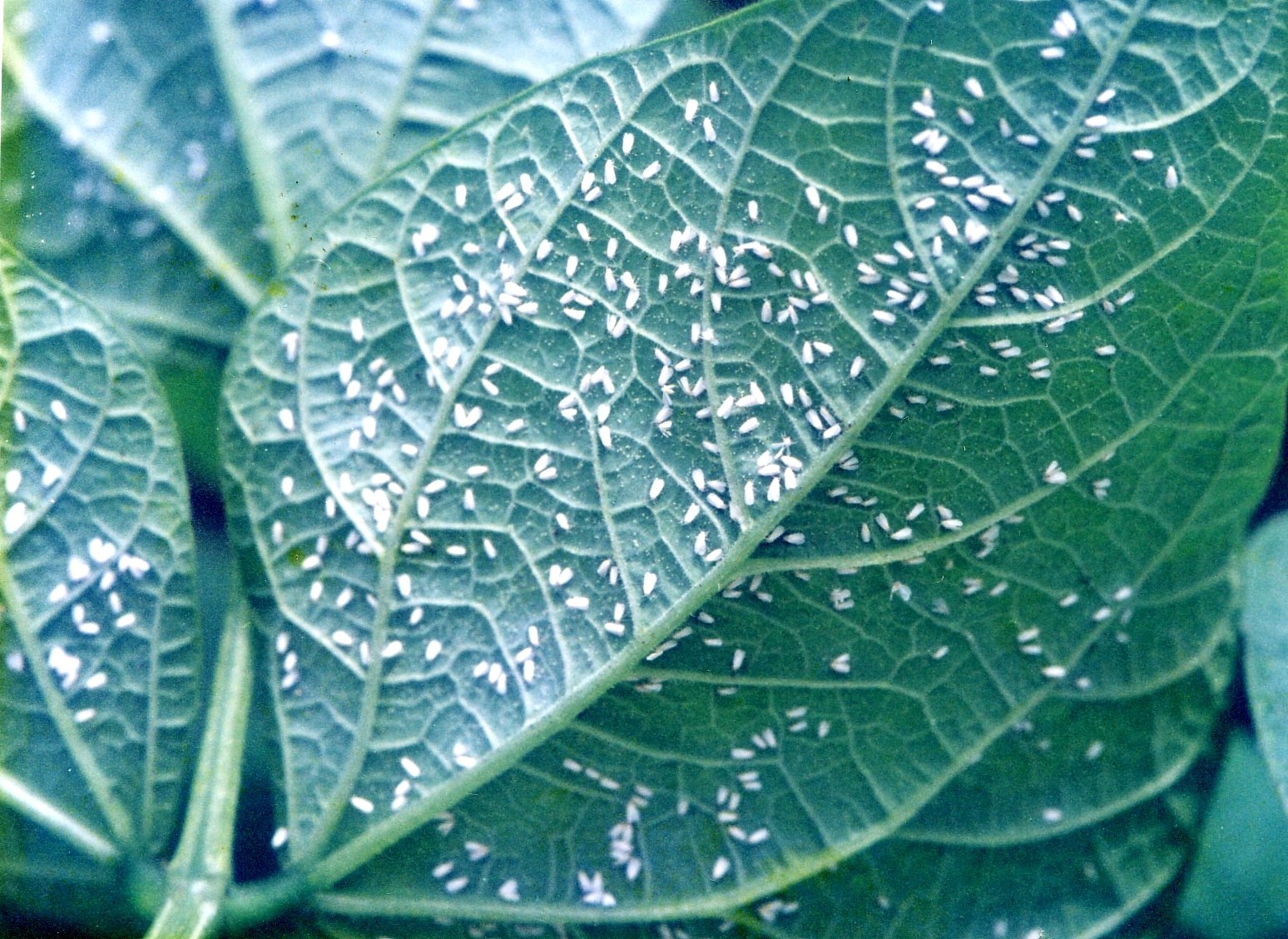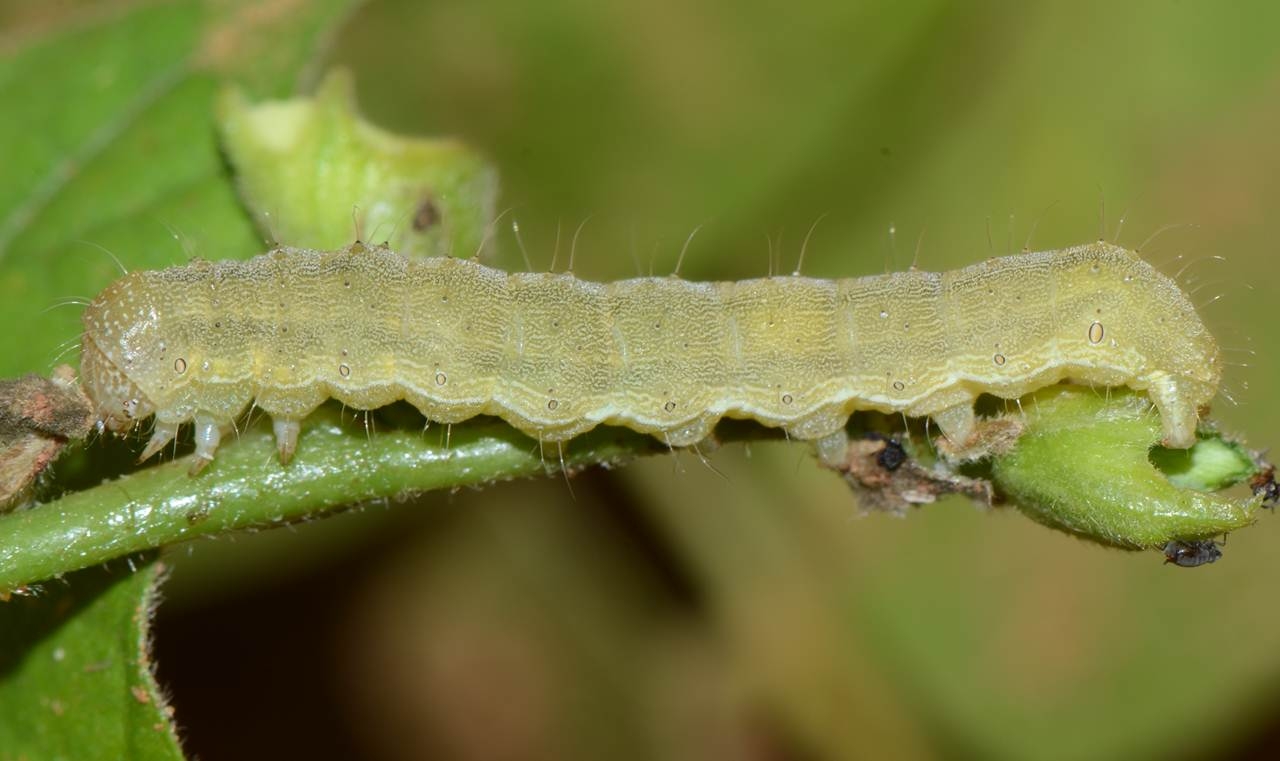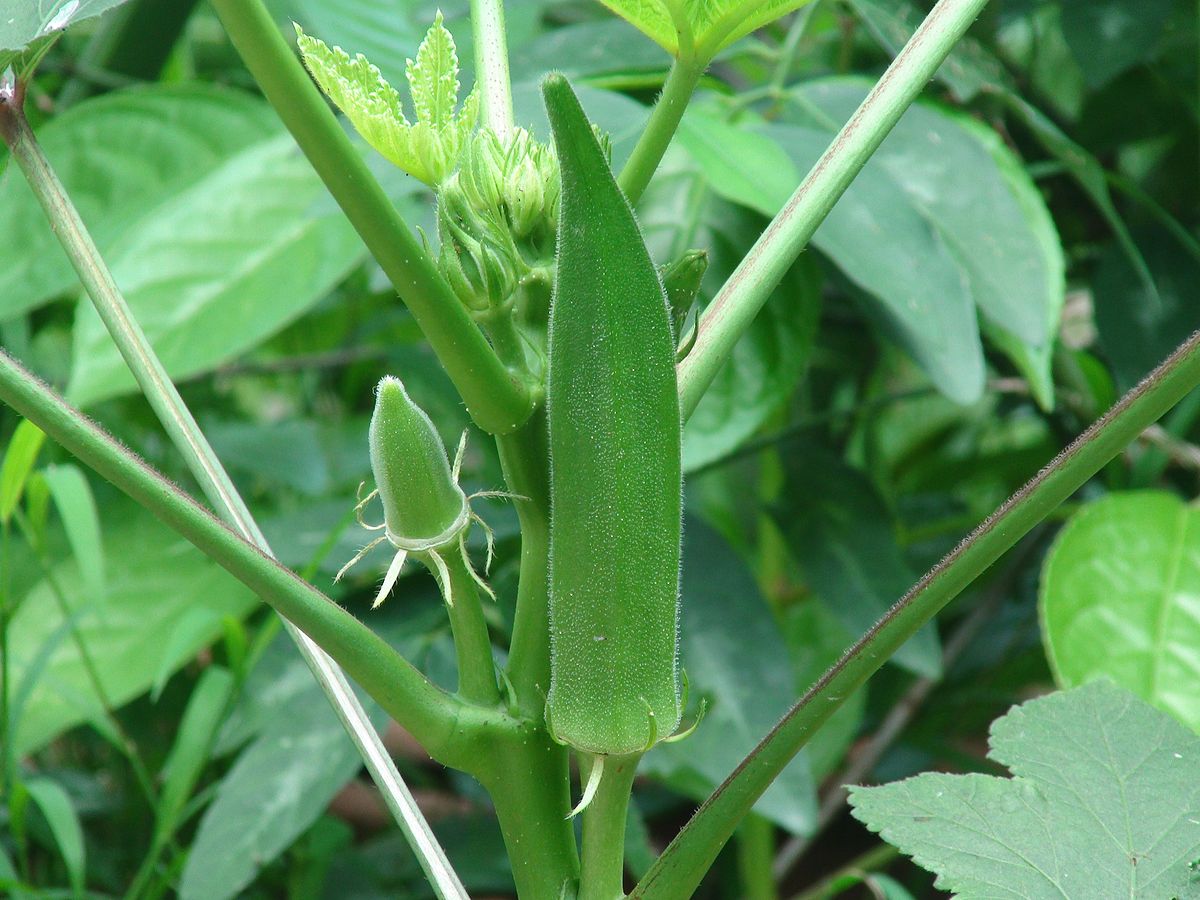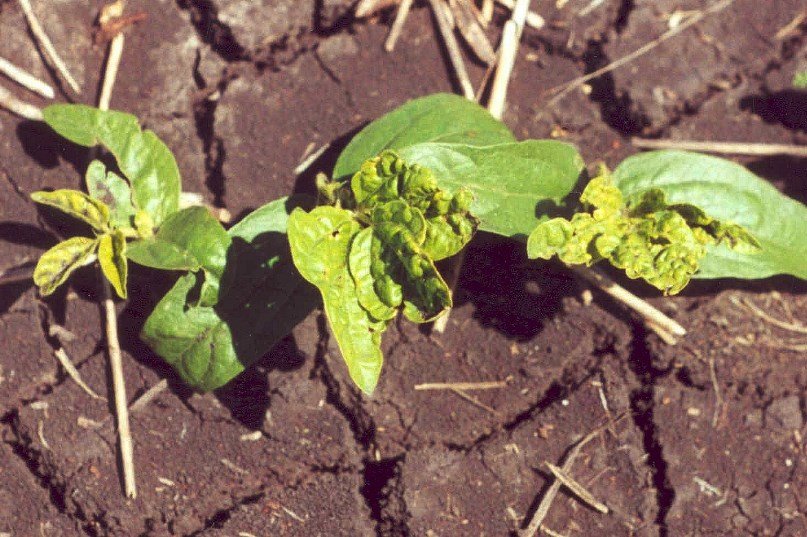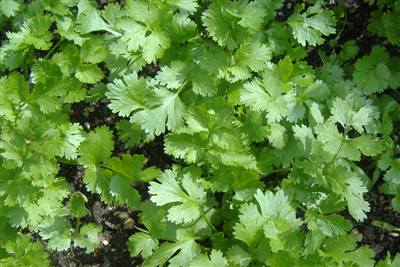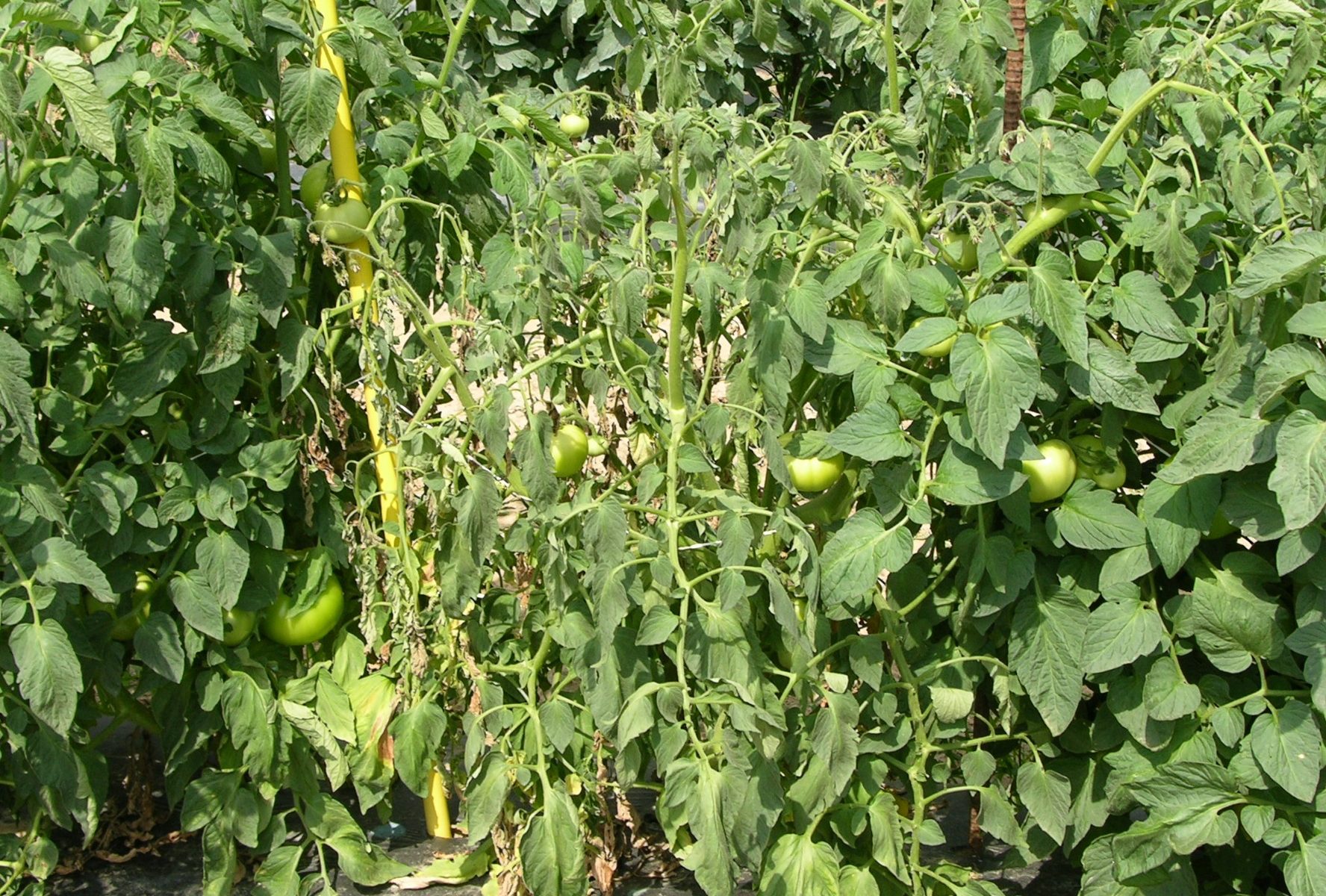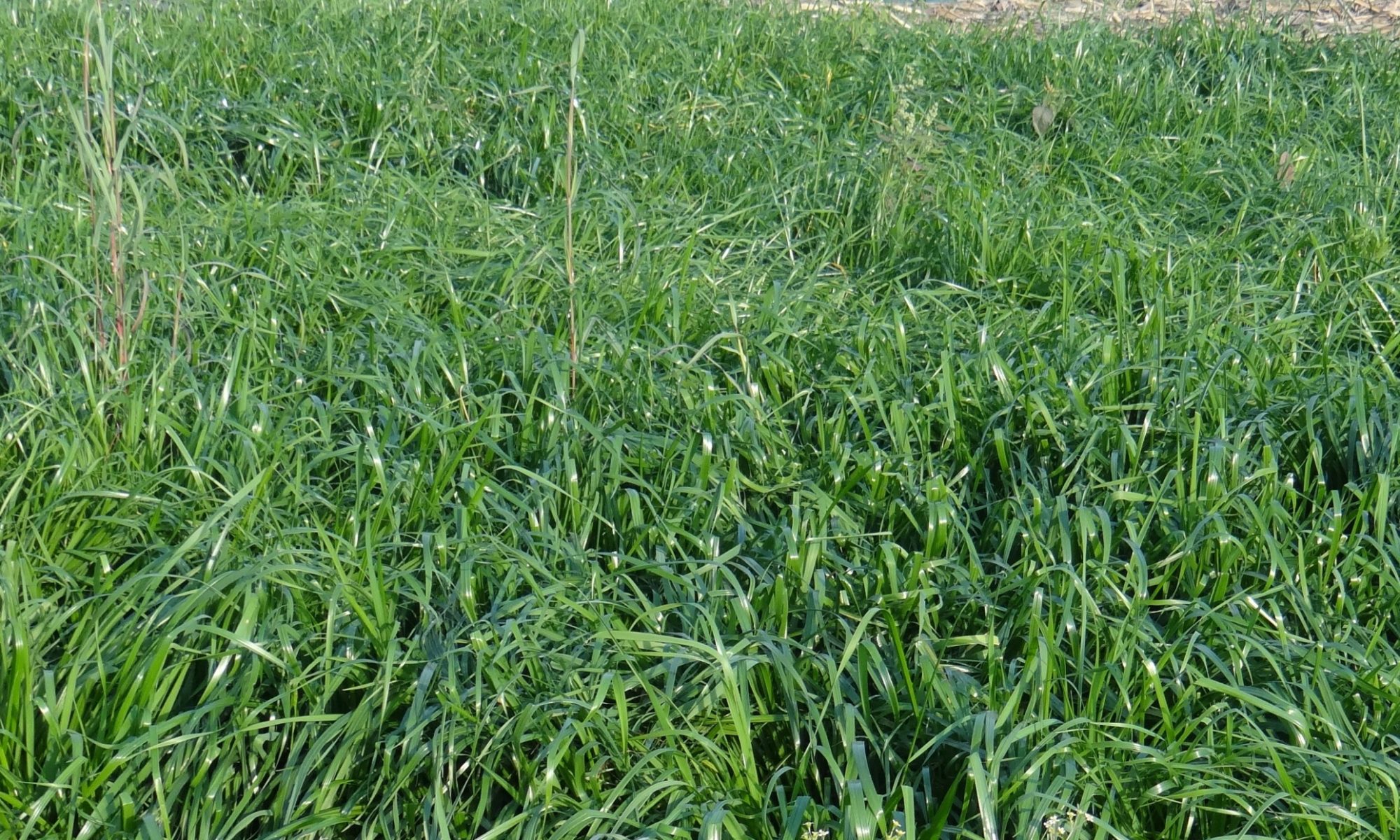- Nymphs are oval, scale-like and greenish-white in colour.
- Adults are 1 mm long, covered completely with a white waxy bloom.
- Nymphs and adults suck the cell sap from the leaves.
- The affected leaves curl and dry.
- The affected plants show stunted growth.
- Whiteflies are also responsible for transmitting yellow vein mosaic virus or leaf curl disease.
- Soil application of Carbofuran 3% GR 8 kg/acre at the time of sowing.
- Spray Dimethoate 30% EC @ 250 gram/acre at fortnightly interval.
- Pesticide spraying should be changed at every 15 days interval.
Like and share with other farmers by clicking on button below
Share
